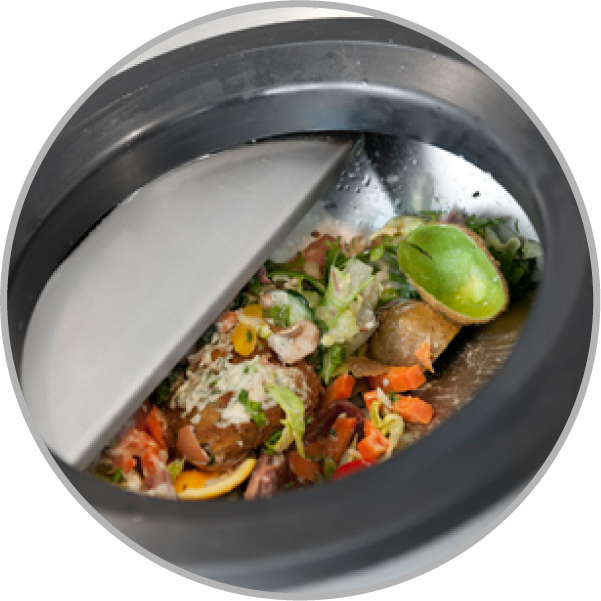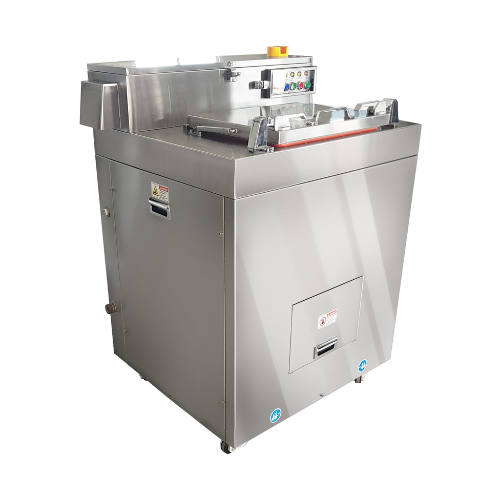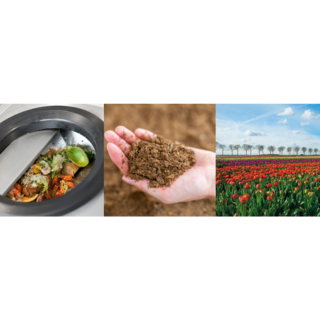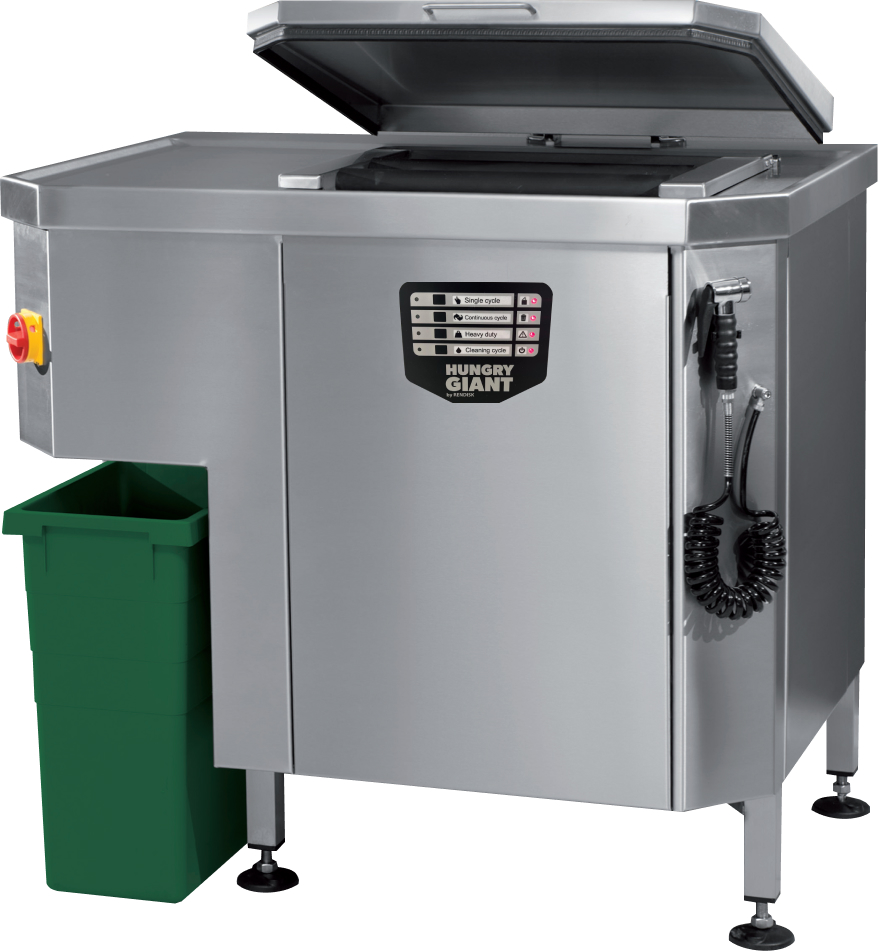Why We Need to Rethink Food Waste—And What’s Actually Working

Strong 8k brings an ultra-HD IPTV experience to your living room and your pocket.
I used to think food waste was just one of those unavoidable things in the food business. Leftovers here, spoiled produce there—bag it up, throw it out, done. It wasn’t until I took a closer look that I realised how much we were losing, not just in terms of money, but in responsibility.
Once I started digging, I couldn’t ignore it anymore. We weren’t just tossing scraps—we were wasting time, energy, and resources. That’s when I began exploring more sustainable food waste management options. Not because someone told me to, but because deep down, it didn’t sit right. And if you're in the business—be it restaurants, cafes, or commercial kitchens—you’ve probably felt the same at some point.
The Waste We Couldn’t Keep Ignoring
Food waste wasn’t just a nuisance. It was becoming a cost center. Staff were spending time dragging bins around. We were paying for extra pickups. Some nights, the back area just smelled awful. It was clear we needed to change how we handled things.
We didn’t need lectures or theory—we needed real food waste management solutions that made sense in a busy kitchen with real people, real pressure, and no room for complexity.
What Sustainable Food Waste Management Looks Like in the Real World
For us, it meant taking simple, practical steps:
- Track what we throw away. That alone was eye-opening. Suddenly, we knew how much prepped food went untouched, or how poor ordering decisions led to spoilage.
- Invest in better tools. We didn’t need a giant factory setup—just something compact, reliable, and easy to run. We found the right fit with a system that breaks down scraps onsite with minimal effort.
- Rethink habits. Once the team got used to separating food waste instead of dumping everything into one bin, it became second nature. A few signs, a few reminders, and within a week, we were operating smoother.
Less Waste, Less Stress
Once we got into a rhythm, things changed. The back area stayed cleaner. Fewer trips outside. Our waste volume went down noticeably, which cut our pickup costs. Even our team felt better about it—we weren’t just tossing everything into a bin and pretending it disappeared.
And honestly, customers started to notice too. A few even asked about it when they saw our composting setup or overheard staff talking about the changes. It wasn’t about bragging—it was just about doing better.
Food Waste Management Solutions That Actually Work
Not every solution is going to work for every space. But after trying a few things, here’s what made the biggest difference for us:
1. On-Site Dehydration Units
These machines reduce the volume of food waste by up to 90%. We toss in our scraps, and out comes a dry, low-odour material that’s easier to handle or compost. It runs quietly in the background, and our staff hardly have to think about it.
2. Smarter Waste Planning
We paired our efforts with simple tracking—pen and paper to start with, then a basic dashboard later. It showed us our “waste hotspots.” Over-ordering and over-prepping were our main issues. Once we saw it clearly, fixing it wasn’t so hard.
3. Team Buy-In
We didn’t force it. We just talked to the team about why we were doing it and showed them how it made their jobs easier. No more overfull bins, no more foul smells by the back door. Everyone wins.
This Isn’t Just About the Environment (Though That Matters Too)
We care about sustainability, sure. But we also care about time, money, and efficiency. The truth is, sustainable food waste management makes sense on every level. Cleaner kitchens. Fewer costs. Less hassle. And yes, a real contribution to reducing our impact on the environment.
We’ve come to think of it not as “another thing to manage,” but as an upgrade to how we run the place. Just like good lighting or better kitchen equipment, it makes everything else flow better.
Hungry Giant Made It Simple
We worked with the team at Hungry Giant and they got it right away. They didn’t push a one-size-fits-all setup. Instead, they asked the right questions: how much waste we generate, what kind of space we have, and what we could reasonably handle without complicating our workflow.
Their solutions were plug-and-play, straightforward, and didn’t require a PhD to run. And when we had questions, they were there—no runaround, no jargon. Just real support.
Our Results (and Why We’re Not Going Back)
We’ve cut our food waste by more than half. We’ve saved on hauling costs. We’ve turned a smelly, frustrating task into a quiet background process. And maybe most importantly, we’ve shown our staff and customers that we actually care about what happens beyond the plate.
If you're running a food business and wondering whether it’s worth making the switch, take it from us—it is. You don’t need to overhaul everything overnight. Just take one step. Start small. See what works. Then build from there.
Final Thought: The Way We Waste Says a Lot About Us
Food brings people together. It’s culture, care, and connection. Wasting it—without thinking—is something we’ve just gotten too used to. But it doesn’t have to be that way.
With the right tools and mindset, sustainable food waste management becomes second nature. And trust me, once you get it right, you’ll wonder why you didn’t start sooner.
If you're ready to take your first real step toward smarter food waste practices, reach out to the folks at hungrygiant.com. They helped us turn a messy problem into a simple part of daily life—and we haven’t looked back.
Note: IndiBlogHub features both user-submitted and editorial content. We do not verify third-party contributions. Read our Disclaimer and Privacy Policyfor details.







